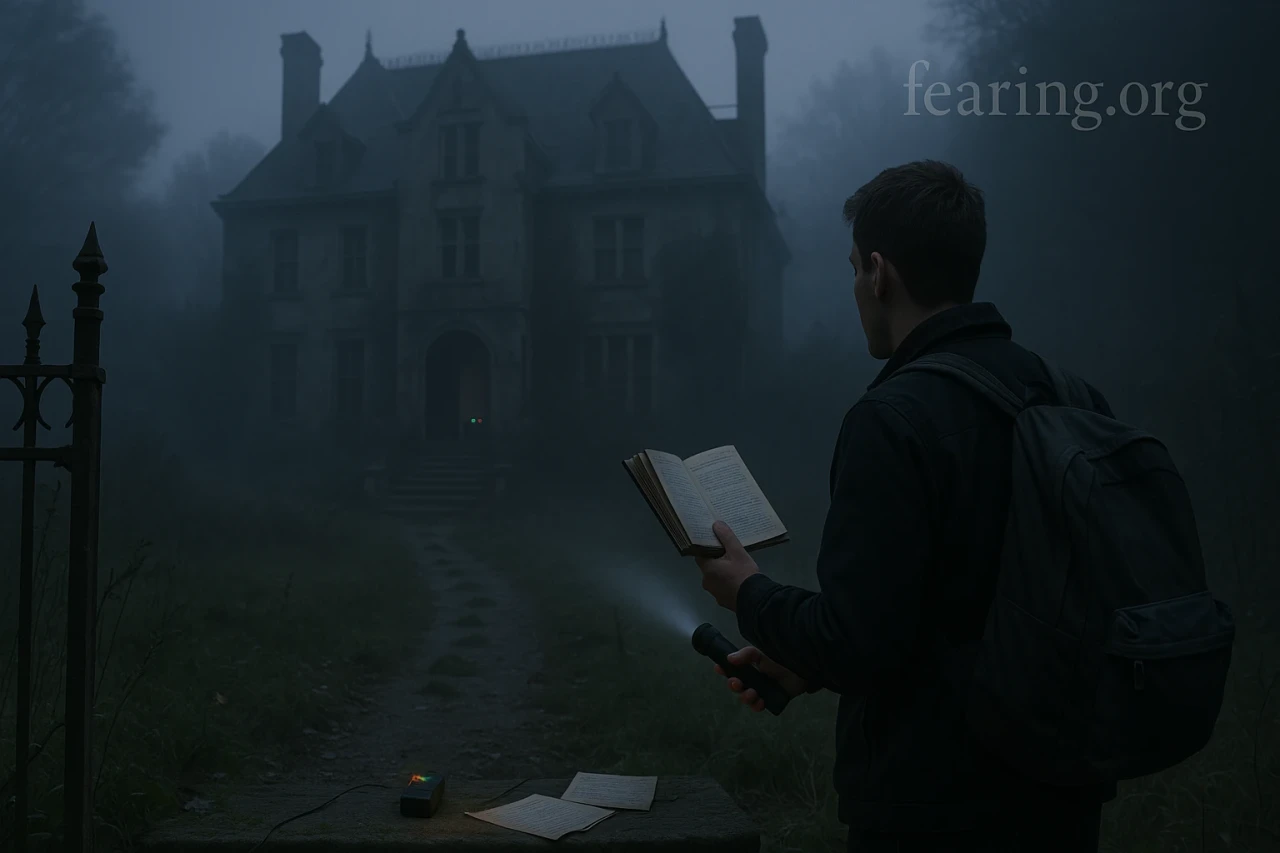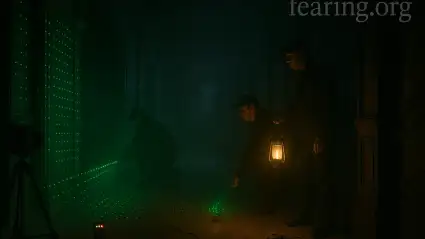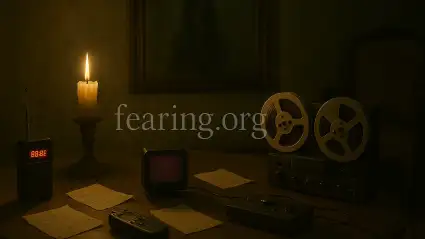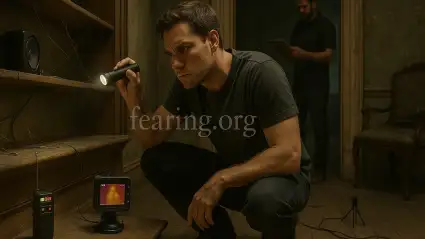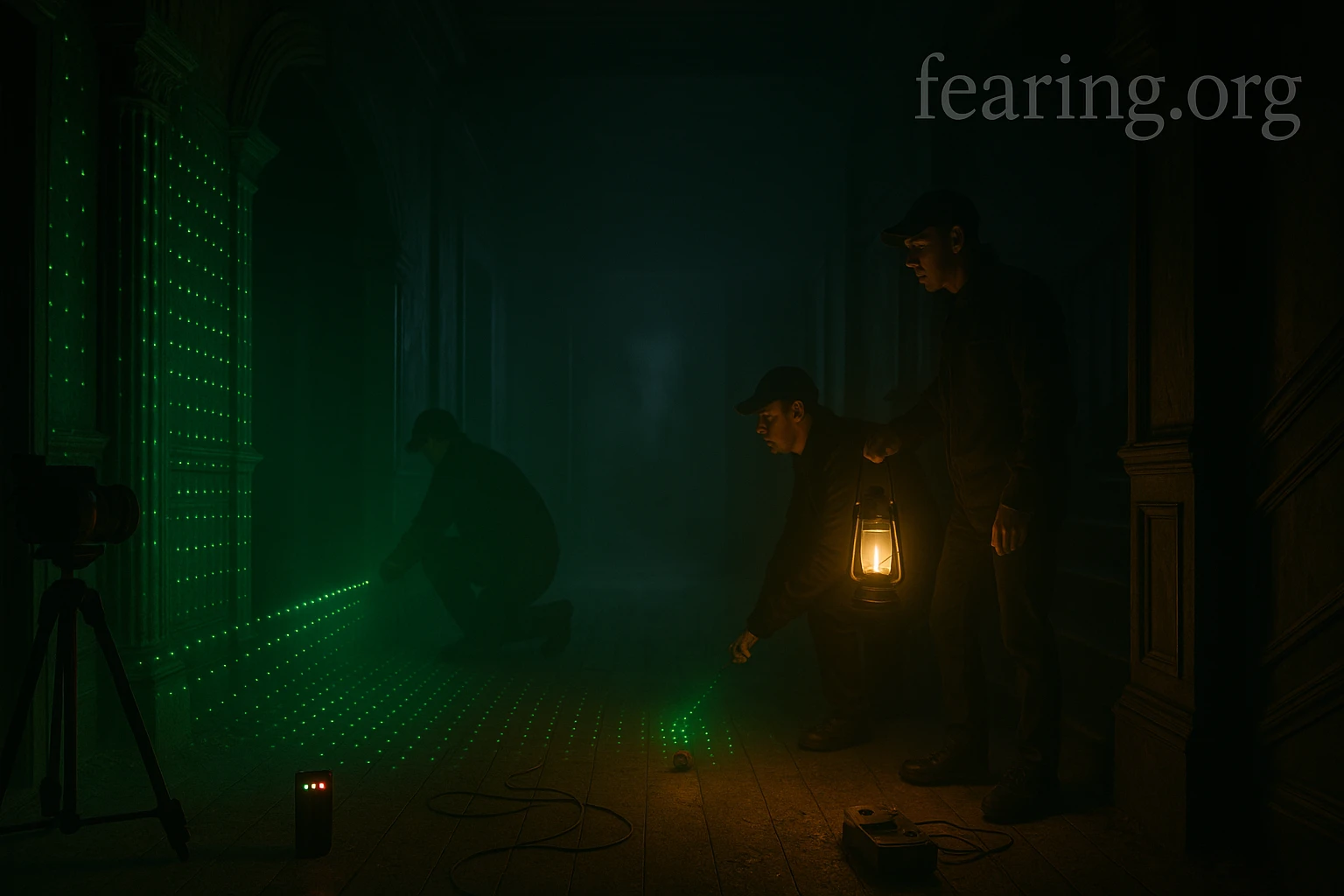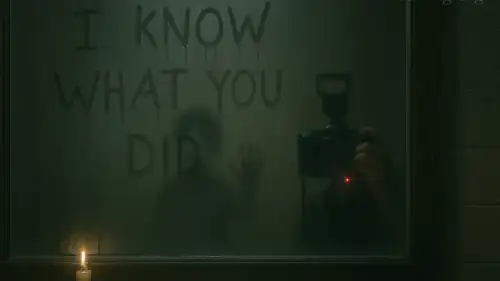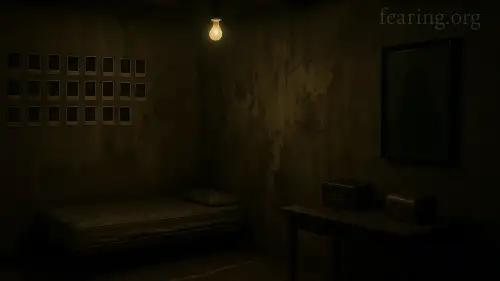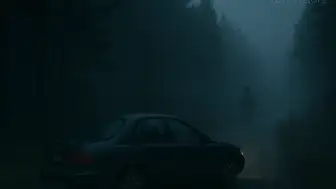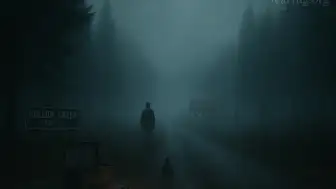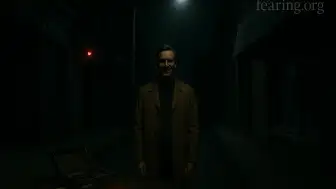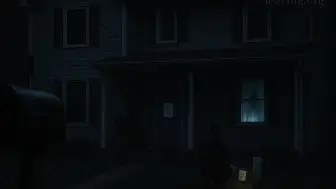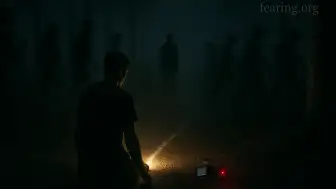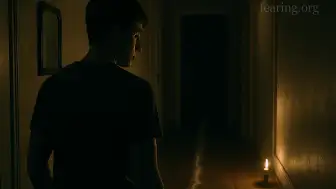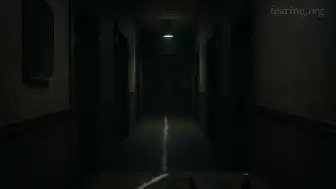Once is never enough. For many paranormal investigators, a single visit to a haunted location doesn’t satisfy curiosity—it fuels obsession. But what drives these ghost hunters to return to the same places again and again? Is it for more evidence? Personal closure? Or something deeper that even they can’t explain?
"Some places don’t let you go—not because they’re haunted, but because they haunt you."
In this article, we explore why haunted sites keep calling investigators back, and what those repeat visits reveal about fear, belief, and the human need to understand the unknown.
👻 Unfinished Business: The Search for Closure
Investigators often experience partial encounters—a whisper, a shadow, a name
These moments spark questions: Who was that? What do they want?
Returning allows for follow-up sessions, further communication, and emotional resolution
Especially in locations tied to personal trauma or tragedy, ghost hunters feel compelled to finish the conversation.
📊 More Time = Better Evidence
The paranormal doesn’t follow a schedule
Repeat investigations build data layers: consistent EMF spikes, similar EVPs, recurring visuals
Long-term studies help rule out false positives and environmental interference
Just like scientists revisit experiments, investigators revisit sites to strengthen their findings.
"One night gives you a scare. Three nights give you a pattern."
🕯️ Emotional or Spiritual Connections
Some investigators report feeling bonded to a location or spirit
This connection can be comforting, mysterious, or overwhelming
Return visits become less about proof and more about presence
There’s a personal element: sometimes they aren’t just hunting ghosts—they’re being drawn to them.
🎥 Documenting Change Over Time
Physical environments change: renovations, decay, seasonal shifts
So do energy levels and activity types
Investigators return to track how a haunting evolves—or disappears
This longitudinal approach is especially valuable in active hotspots like asylums, prisons, or battlefields.
🧠 The Psychology of Haunted Familiarity
Humans seek meaning from repetition
Revisiting a haunted site offers predictable discomfort
The fear becomes familiar, almost ritualistic
Some researchers believe ghost hunting offers a form of controlled exposure therapy for fear, trauma, or grief.
"The first time scares you. The second time prepares you. The third time changes you."
📍 Iconic Sites That Keep Pulling People Back
Waverly Hills Sanatorium (USA): Over 100 investigations logged by single teams
The Queen Mary (USA): Long-term studies of specific haunted rooms
Chillingham Castle (UK): Ongoing audio logs and nightly tours
These locations aren’t just haunted—they’re active. And they know their visitors by name.
🔄 When the Haunting Becomes a Habit
Repeat visits create rituals: same gear, same room, same questions
Some teams leave offerings, letters, or return on the same date each year
The investigation becomes part of their life—and sometimes, the spirits respond to the familiarity
There are reports of ghosts addressing investigators by name or repeating phrases from previous visits.
Ghost hunters return not just for proof—but for purpose. Each revisit becomes a chapter in a longer story, a bridge between the living and the lost.
Would you go back to the place that frightened you? What if something there was waiting—unfinished, unresolved, unspoken?
Some hauntings aren’t about a house. They’re about the people who keep knocking.
And sometimes, the door opens.

